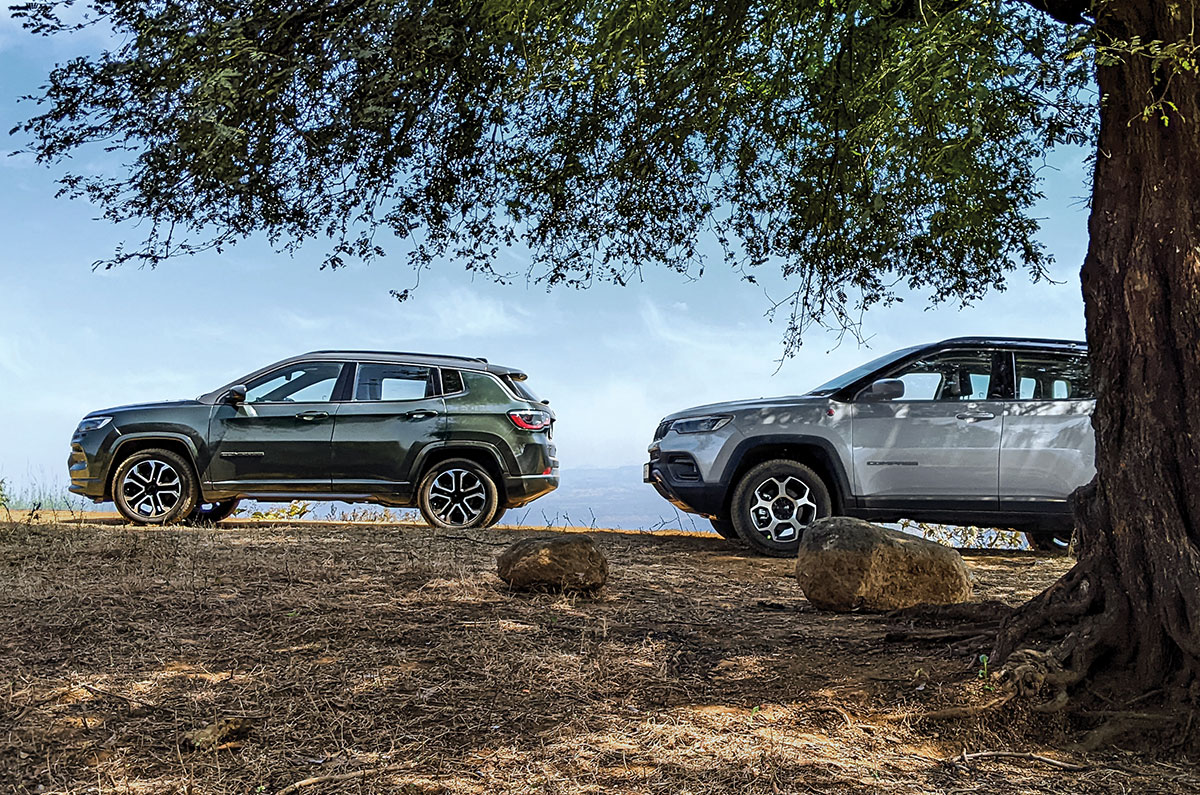
There’s no argument on how most of us have grown fond of SUVs. Tough looks apart, from the sheer practicality they offer to the way they tackle our poor road conditions, these are some of the reasons SUVs have found a sweet spot in our hearts. Our long-term Jeep Compass is no exception to this and has often had us fighting for its keys at the office. It was always a desirable SUV, and with the facelift, it had a lot more going for itself.
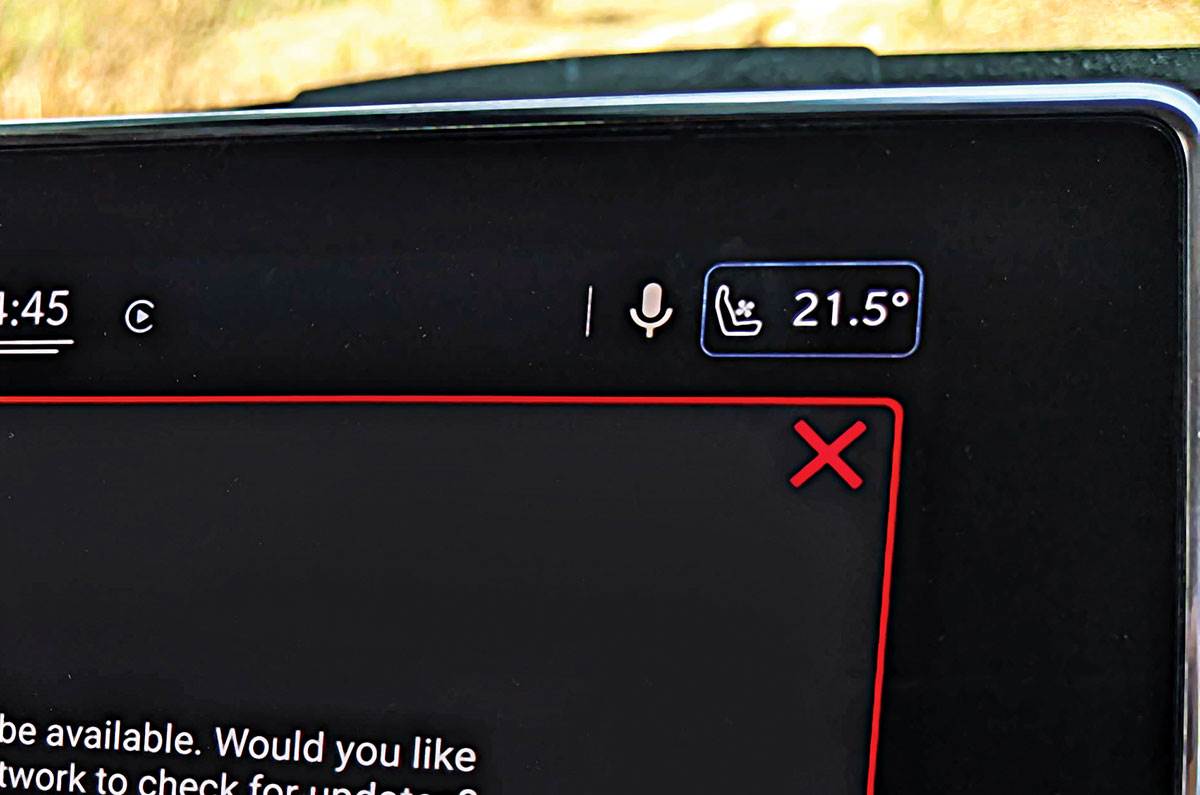
A major change with the facelift came in the form of reworked interiors, which added a sense of sophistication to the Compass’ cabin. I particularly like the new dashboard design and the new 10.1-inch touchscreen, which feels more proportionate in terms of the whole layout of the interiors. Ventilated seats is a feature that I regularly use on the Compass. However, with no physical button, I find it difficult to operate every now and then; it can only be operated through the touchscreen.
Our long-termer is the top-of-the-line ‘Model S’ variant that comes at a considerably higher price tag of Rs 29.19 lakh. However, a long list of features it comes packed with justifies the price tag to a certain extent. Ventilated front seats, wireless charging, Android Auto and Apple CarPlay, panoramic sunroof, eight-way adjustable driver’s seat with memory, auto LED projector lamps, auto stop-start, powered tailgate, rain-sensing wipers, auto-dimming rear view mirror, 360-degree camera, keyless entry and go, among others.
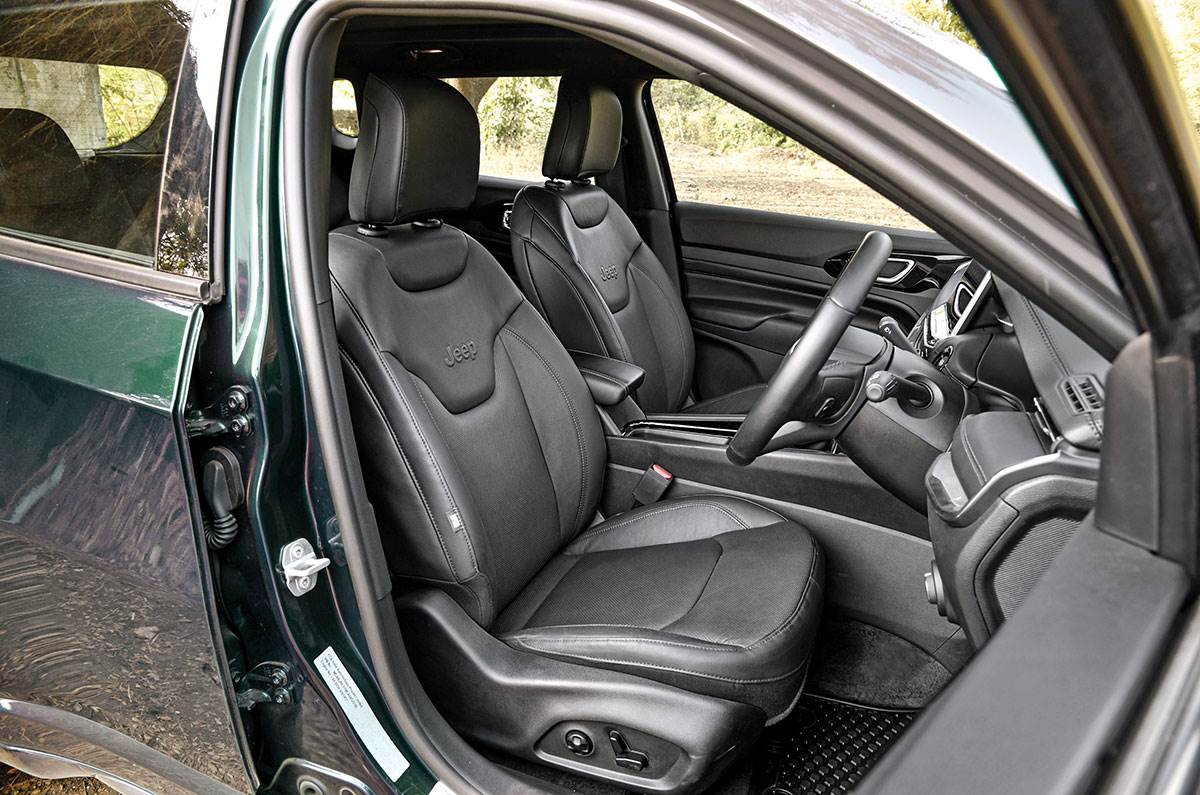
I have been driving the Compass for the past couple of weeks and have started liking it more, the more I drive it. I like the proper SUV-high seating, which gives a great view of the road ahead and makes it easy to navigate through the congested streets of Mumbai. The 9-speed automatic gearbox and the 2.0-litre diesel has been a great combination, making my regular office commute a hassle-free affair. One thing that I don’t like about the Compass, though, is its low speed ride over rough stuff, as it moves from side-to-side making the occupants move considerably. On the contrary, it is really impressive the way the Compass deals with road irregularities at higher speeds – the faster you go the smoother it is!
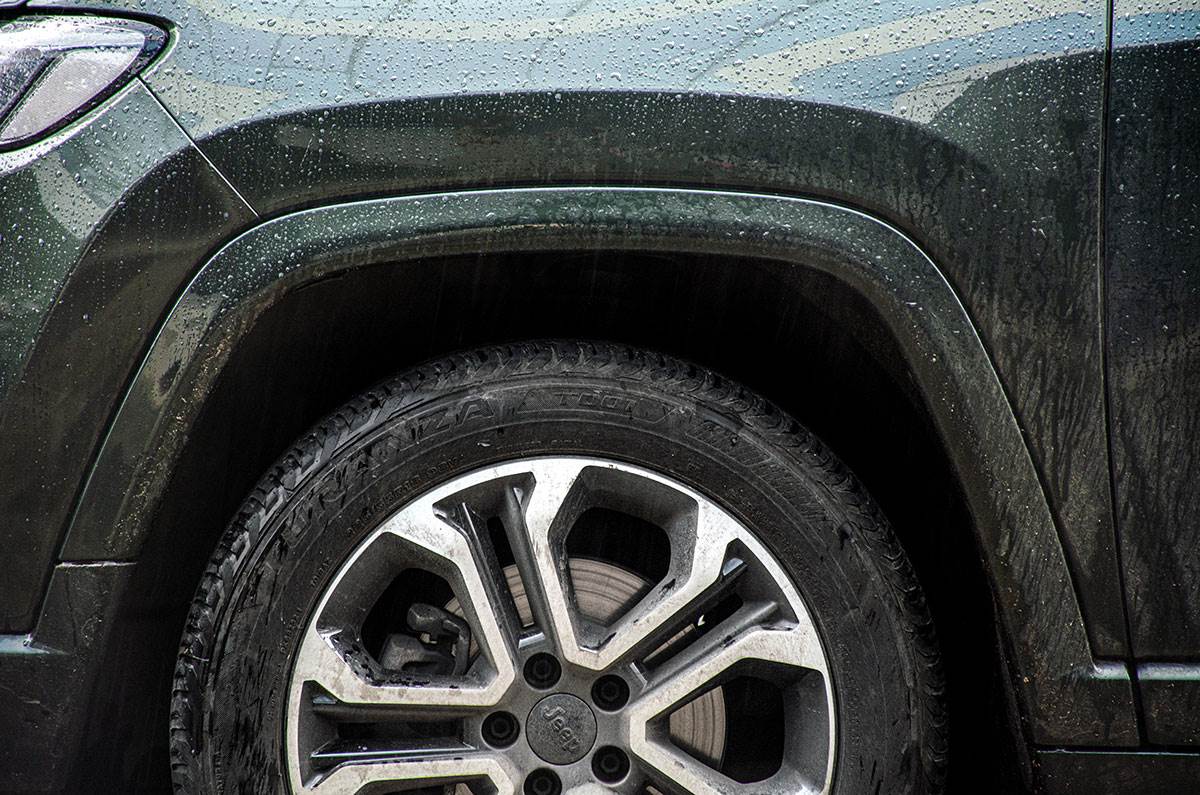
While my colleagues drove this long-termer on long road trips to Mahabaleshwar and around Mumbai, I had a different plan for the Compass altogether. Nothing too serious, of course, just my curiosity to see how a regular 4x4 Compass fared on a back-to-back off-road drive along with the recently launched Trailhawk version. It is obvious that the Compass, even in its 4x4 avatar, is best used on the road, with some light off-road, but I had to find out how far exactly could the Compass be pushed on off-road terrain. To carry out this little experiment, I drove our Compass to Learn Offroad academy on the outskirts of Mumbai, along with Sergius, who was behind the wheels of the Compass Trailhawk facelift.
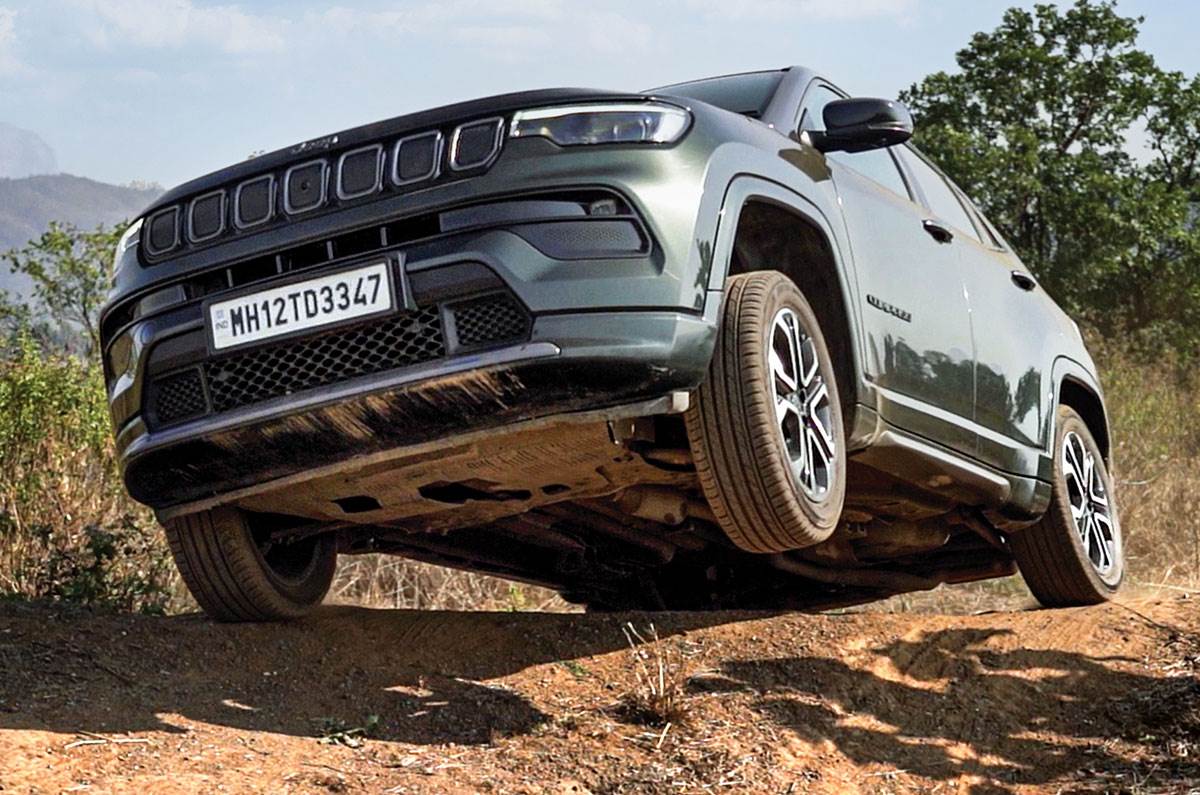
The plan was simple, we chose a set course of obstacles that would help us test wheel articulation, rock crawling, approach, break over and departure angles. It wasn’t too surprising to see the regular Compass deal with most stuff with as much ease as the Trailhawk, however, it was the longer front overhang that limited the Compass in extreme conditions. Of course, the overhang on the Trailhawk is shorter and designed specifically for enhanced off-road capability. Also, the tyres, coupled with a slightly raised suspension, gave the Trailhawk added advantage to clear more hardcore obstacles. In conclusion, the Compass did fairly well off-road and in the real world, where you would end up coming across broken roads, gravel trails, and so on, it won’t disappoint, and will take you though it all while keeping you comfortable.
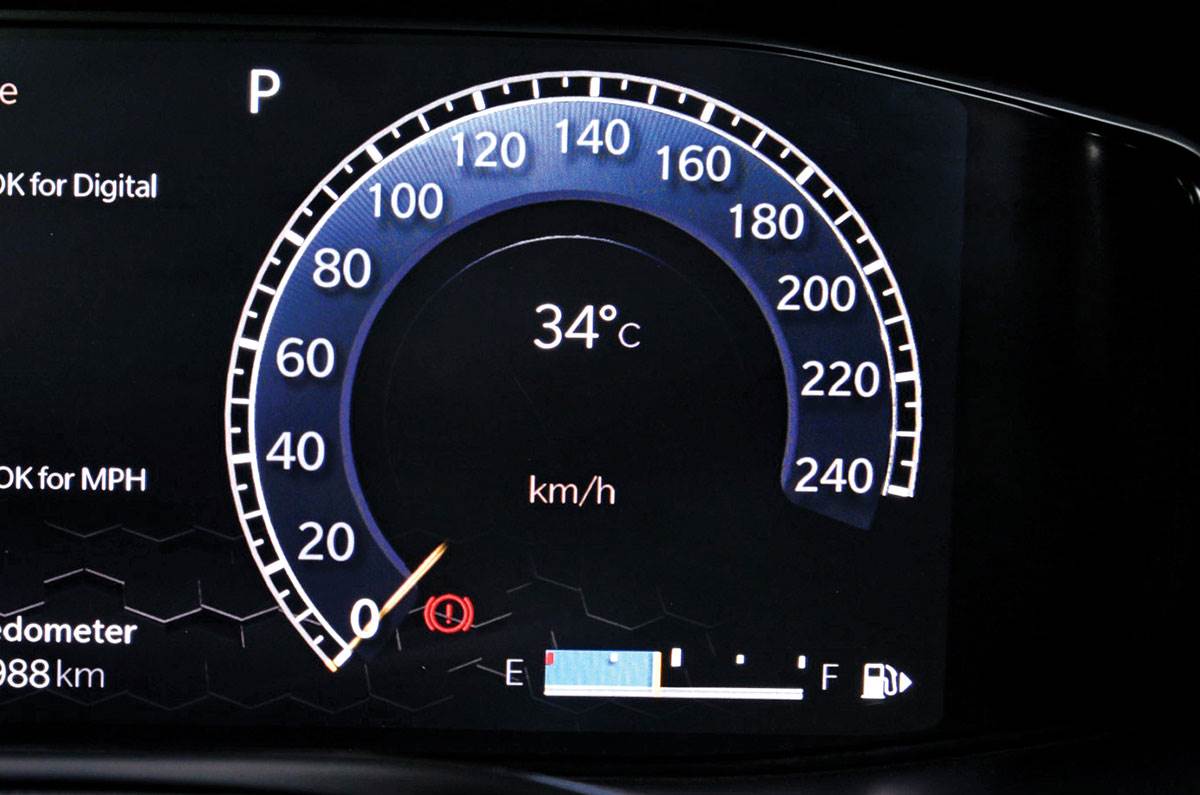
Sadly, Compass’ long-term tenure with us is over and it is time for it to return to Jeep. Now that the Trailhawk facelift is out, could we please have the keys, Jeep?
Also see:
2021 Jeep Compass long term review, first report
from Autocar India - All Car Reviews https://ift.tt/V4PBwvO
https://ift.tt/UB1pN9D



